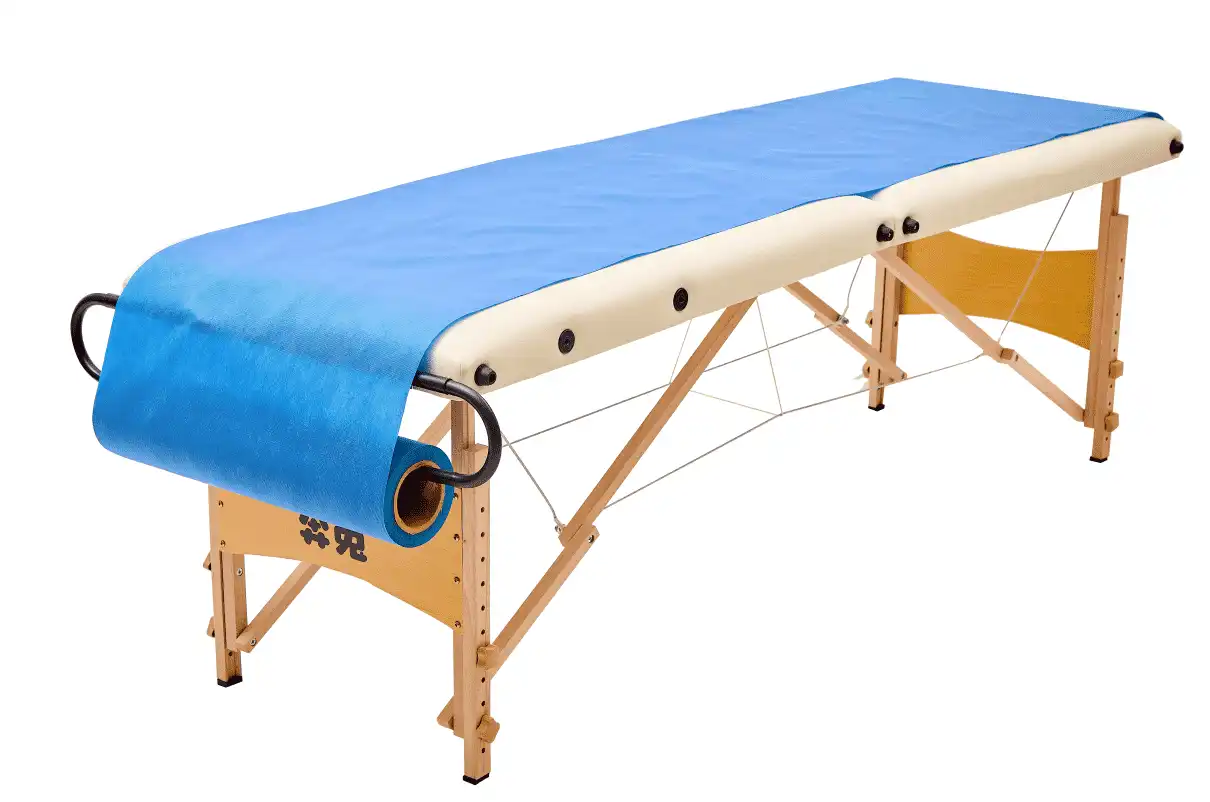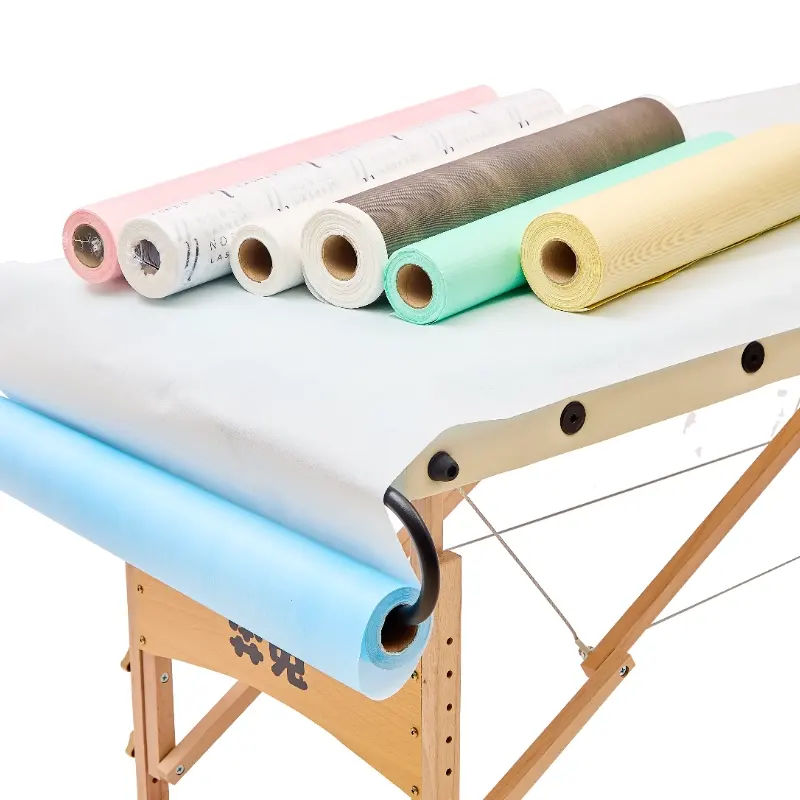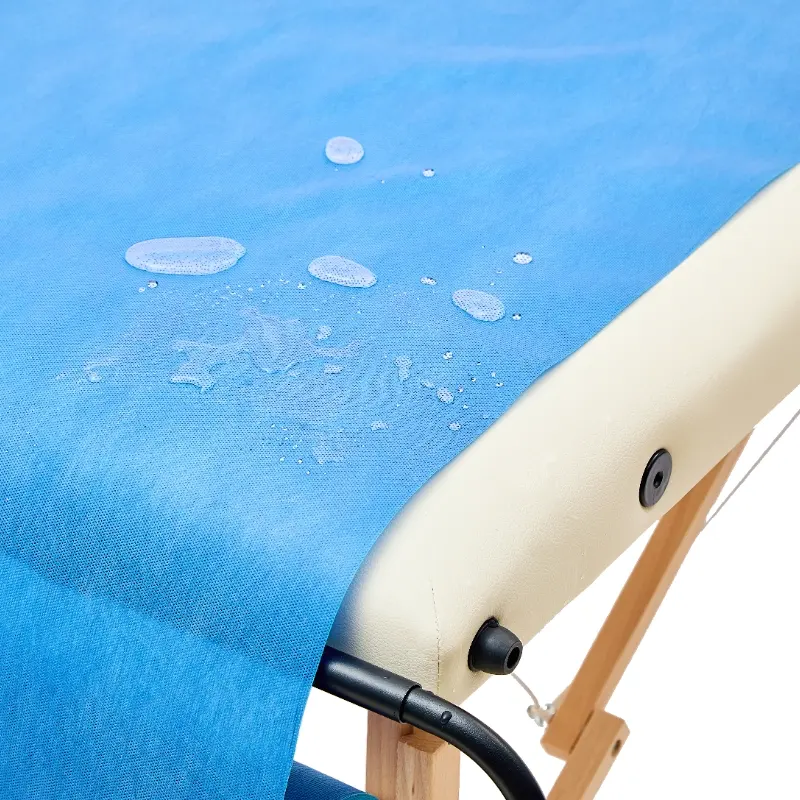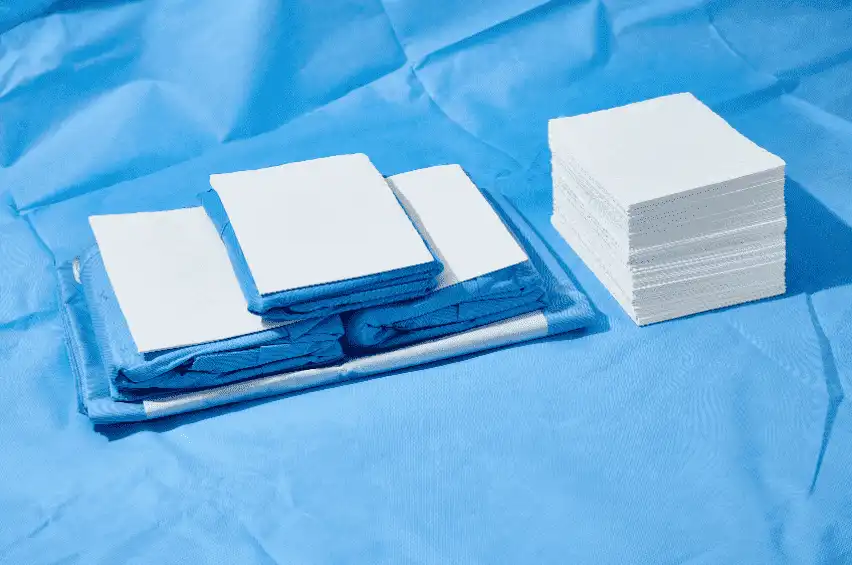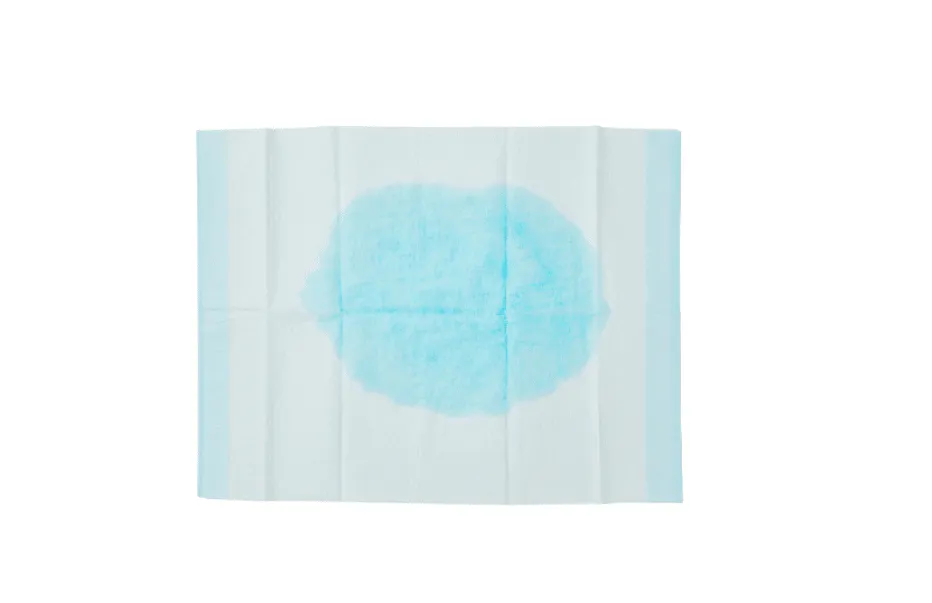In recent years, intelligent lighting systems have transformed the way we interact with our living and working spaces. From smart homes and modern offices to smart street lighting networks, the adoption of advanced automation technologies is rapidly expanding. Traditional lighting solutions, once limited to simple on/off switches, are now being replaced by network-controlled, sensor-driven, and energy-optimized platforms. At the heart of this transformation lies a set of critical electronic components, among which the crystal oscillator plays an essential role, particularly within ultrasonic sensors.
The Evolution of Lighting Control
Conventional lighting systems relied solely on manual operation. With the rise of IoT-enabled devices, lighting infrastructure is moving toward automated management, allowing for real-time control, adaptive brightness adjustment, and predictive maintenance. Ultrasonic sensors are widely deployed in these intelligent lighting setups, enabling motion detection, occupancy monitoring, and environmental feedback. However, for these sensors to function accurately, a highly stable clock source is necessary — this is where crystal oscillators come into play.
The Role of Ultrasonic Sensors in Smart Lighting
Ultrasonic sensors operate by emitting high-frequency sound waves and measuring the reflected signals to detect movement or the presence of objects. These sensors are crucial for enabling hands-free lighting control, improving energy efficiency, and enhancing user comfort in smart homes, office environments, and large-scale outdoor lighting installations. To achieve precise time measurement and reliable distance calculations, the sensor circuitry depends on a steady timing reference, which is provided by a crystal oscillator.

How Crystal Oscillators Support Ultrasonic Sensor Functionality
A crystal oscillator is an electronic component that generates a consistent frequency signal based on the mechanical resonance of a quartz crystal. Within ultrasonic sensors, this signal acts as the master clock, synchronizing the timing of sound wave emission and reception. This synchronization ensures:
High detection accuracy: A stable oscillation frequency allows precise calculation of sound wave travel time, ensuring reliable motion sensing even in complex environments.
Low latency response: A high-quality oscillator minimizes delays, allowing lighting systems to react immediately to occupancy changes.
Interference reduction: Accurate frequency control helps ultrasonic sensors avoid false triggers caused by noise or overlapping signals from other devices.
Without a dependable oscillator, ultrasonic sensors may suffer from timing drift, resulting in inconsistent detection and inefficient lighting control.
Integration in Network-Controlled Lighting Systems
In modern lighting networks, multiple sensors and controllers communicate wirelessly or via wired connections. This requires synchronized timing signals to prevent data collisions and ensure coordinated actions across the entire system. Crystal oscillators provide the frequency stability necessary for seamless communication between ultrasonic sensors, microcontrollers, and central lighting management hubs. This synchronization is critical for enabling advanced features such as:
Adaptive dimming based on real-time occupancy data
Scheduled lighting operations with precise time stamps
Energy optimization algorithms for large smart building infrastructures
Key Benefits of Crystal Oscillators in Intelligent Lighting
Enhanced reliability: Ensures consistent sensor performance over time, even under varying temperature or environmental conditions.
Improved system stability: Supports reliable data transfer between sensors and controllers in a networked environment.
Scalability: Allows integration of multiple sensors in large-scale installations without compromising accuracy.
Extended lifespan: Stable oscillation reduces the risk of signal errors, lowering stress on sensor circuitry and improving durability.
The transition from manual switch-based lighting to intelligent, automated systems is revolutionizing residential, commercial, and urban spaces. Ultrasonic sensors are at the forefront of this shift, enabling responsive, energy-efficient, and user-friendly lighting solutions. Behind their precision lies the crystal oscillator, a small yet vital component that guarantees stable timing signals for reliable sensor operation. As smart lighting technology continues to evolve, the importance of high-quality oscillators in ensuring seamless sensor performance will only grow, making them a cornerstone of next-generation lighting control systems.




